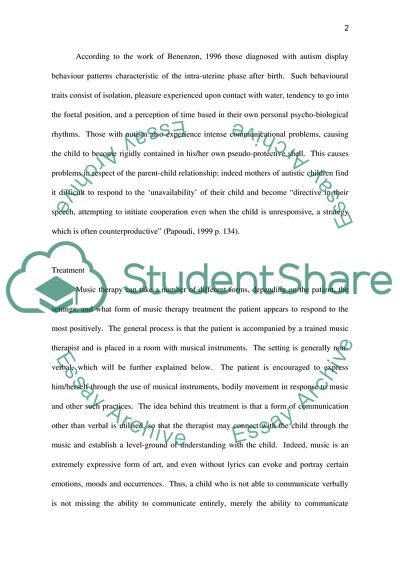Cite this document
(“Music Therapy for Children with Autism Term Paper”, n.d.)
Music Therapy for Children with Autism Term Paper. Retrieved from https://studentshare.org/health-sciences-medicine/1733110-how-does-music-affect-people
Music Therapy for Children with Autism Term Paper. Retrieved from https://studentshare.org/health-sciences-medicine/1733110-how-does-music-affect-people
(Music Therapy for Children With Autism Term Paper)
Music Therapy for Children With Autism Term Paper. https://studentshare.org/health-sciences-medicine/1733110-how-does-music-affect-people.
Music Therapy for Children With Autism Term Paper. https://studentshare.org/health-sciences-medicine/1733110-how-does-music-affect-people.
“Music Therapy for Children With Autism Term Paper”, n.d. https://studentshare.org/health-sciences-medicine/1733110-how-does-music-affect-people.


